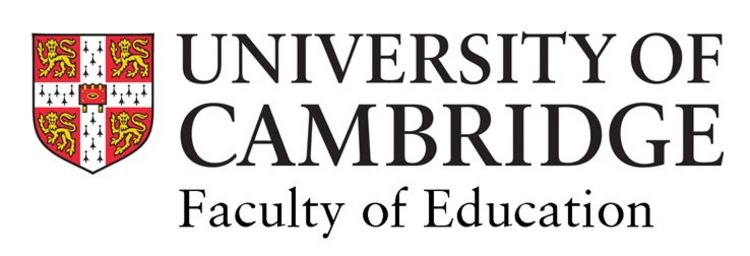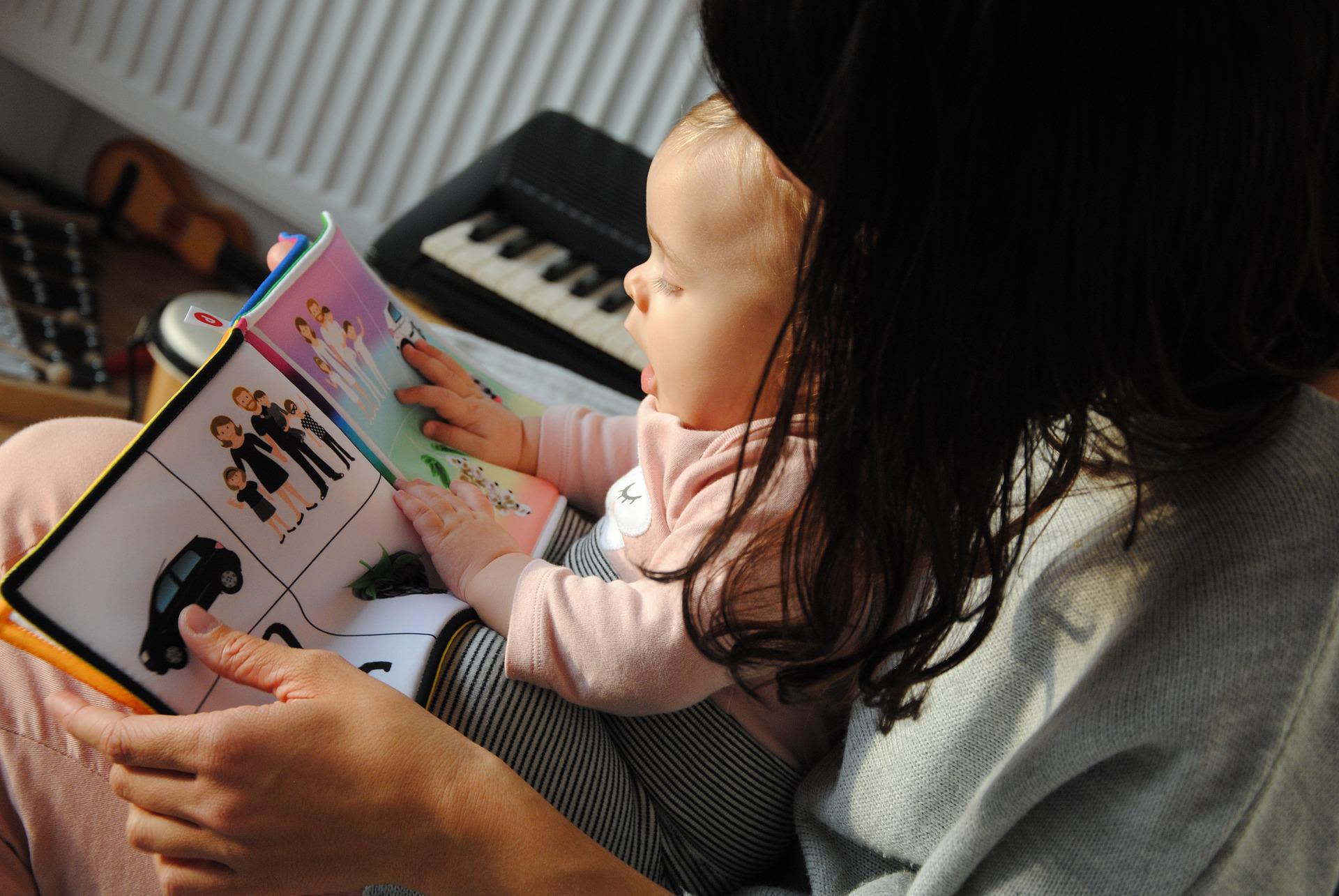

Research project to examine how children’s literature can fuel stigmatisation of single mums

The often-unconscious role that children’s literature plays in kick-starting the “casual marginalisation” of single mothers is to be systematically analysed for the first time in a new research project.

The often-unconscious role that children’s literature plays in kick-starting the “casual marginalisation” of single mothers is to be systematically analysed for the first time in a new research project.
The study, by Dr. Dmitrii Sergeev – from the Faculty of Education, University of Cambridge – will draw on examples from more than 140 books and texts aimed at younger readers, to understand how children’s literature has sometimes supplied a verbal and visual “grammar” about single mothers which fuels their wider stigmatisation.
It is the first time that children’s literature, and its role in shaping cultural attitudes towards lone parenting, has been scrutinised in this way. Sergeev will compare depictions in two countries where policies regarding single motherhood are very different: Russia and the UK.
His aim is to understand how their contrasting attitudes towards single mothers have filtered down into children’s literature, potentially influencing children’s attitudes.
In his proposal for the research, Sergeev argues that children’s literature often reproduces stereotypes about lone mothers as a drain on society and as ‘bad’ parents – even though this is not always the authors’ intention.
Sergeev is a Marie Sklodowska-Curie Individual European Fellow at the Faculty, where his work is closely linked to the Centre for Research in Children’s Literature. He intends to develop a structured explanation of how unconscious ‘labelling’ of single mothers takes place in children’s books and young adult literature; and to use this as the basis of guidance for authors and publishers.
Too often it is assumed that these women are benefit-seekers and scroungers - and that their children are ill-raised, ignorant and aggressive.
“Children’s literature matters because it is where we develop our earliest ideas about all sorts of social issues. Those impressions can have a lasting effect,” Sergeev said. “Unfortunately, some children’s literature has unabashedly reproduced negative stereotypes about single motherhood. This supplies young people with language and representations that perpetuate that attitude in society. Because we don’t know this is happening, we often don’t notice the terminology becoming part of everyday conversation, but it isolates and marginalises these women.”
According to Gallup World Poll data, about one in eight women aged 10 to 60 worldwide are unmarried with children under 15. Even in the UK, which, at least officially, assumes an inclusive position on single parenting, single mothers are often explicitly treated as a “burden on society”.
Sergeev said that some politicians and media casually used “thoughtless” and “offensive” language and associations. “Too often it is assumed these women are benefit-seekers and scroungers – and that their children are ill-raised, ignorant and aggressive,” he said.
How these attitudes emerge and become ingrained in society is a complex problem, but it is likely that children’s literature plays a part.
Scholars and critics have only recently begun to recognise the importance of studying this literature to understand how it shapes opinions about family and parent-child relationships. Experts have noted that surprisingly little attention has been paid to depictions of motherhood.
In many countries, children’s literature has a strong tradition of introducing young readers to difficult subjects and questions of social injustice, of challenging cultural norms, and encouraging progressive thought.
Sergeev argues, however, that commercial demands mean it can only go so far.
“There’s a point after which children’s authors cannot move beyond what society already thinks and accepts,” he said. “They can push – but in most cases they can’t be radical.”
The goal is to increase awareness of how we might all be thinking about single mothers, the ways in which children’s literature challenges or reinforces this, and how to avoid casual marginalisation.
As a result, he argues that some children’s literature has absorbed the same casual stereotyping of wider society in the words and pictures it uses to depict single motherhood.
Some books, for example, touch on themes such as abortion, extramarital affairs, remarriage or gender equality in ways that make passing, negative assumptions or references about single parenting. More generally, Sergeev sees a need to attend to the cultural “grammar” used to depict lone mothers in these books. He argues that what these depicted mothers wear, their career, education levels, attitudes towards children and relationships with men, often inadvertently reinforce unhelpful stereotypes.
Sergeev will use his research to develop practical, downloadable guidelines for publishers, writers and illustrators about how existing texts cement society’s stigmatisation of single motherhood, and how to avoid repeating these mistakes.
“The goal is to increase awareness of how we might all be thinking about single mothers, the ways in which children’s literature challenges or reinforces this, and how to avoid casual marginalisation,” he said.
The project has received funding from the European Union’s Horizon 2020 research and innovation programme under the Marie Sklodowska-Curie grant agreement No. 101020077.
Images in this story:
2081671 / 24 images via Pixabay
Nathan Dumlao via Unsplash